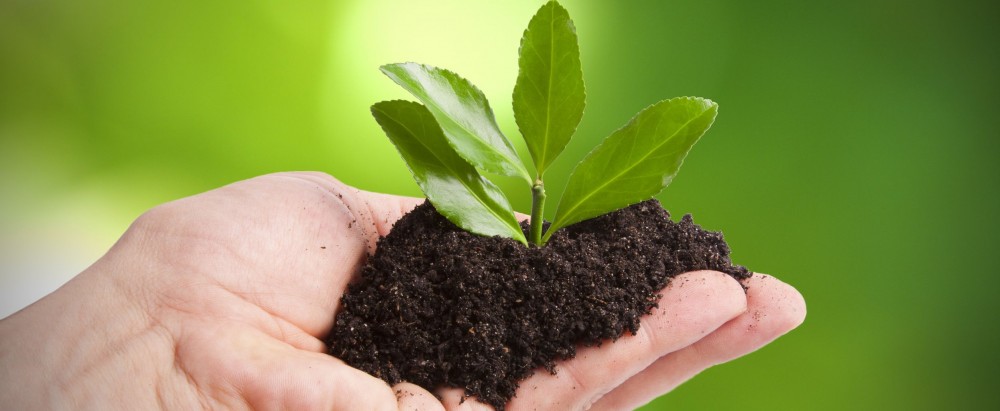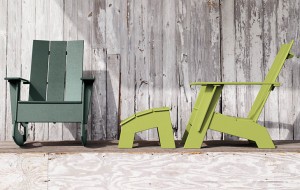SodaStream is one of my favourite brands, which was recently featured in the The Circular Economy Business Model Toolkit card deck we discussed in class. It was placed as an example of a “Consumer Lock-In.” Although I do agree with this, I think it is also a great example of a company that has adopted a “Collection Service.”
If you are a sparkling water addict like myself, you can go through a SodaStream CO2 cylinder in less than a month. If I were to buy these cylinders at full price it would cost nearly $40. However, with the carbonator exchange policy, it saves me nearly $10! Not to mention it saves me from accumulating multiple cylinders, and not knowing where to dispose of them. SodaStream has made this a convenient process, as thousands of retailers honor the exchange policy. Unlike other companies, this avoids the hassle of shipping!
The CO2 cylinder takes a bottle of tap water and turns it into sparkling water in seconds. And the best part is that it does all of this with no electricity! This product is a sustainable alternative to purchasing soda at the grocery store. It saves you money, and at the same time it saves the environment!
If you’ve never seen the SodaStream in action, I wanted to share one of my favourite commercials with you:
I bought my soda maker two years ago, and since then I have seen a drastic transformation in their brand positioning and advertising. Prior to this transition, they projected themselves as a “Green” company. Unfortunately, this positioning did not align with the values of their target market. When SodaStream saw sales rapidly declining in America, they removed their focus from sustainability. According to this article, they had to do so in order to effectively compete with brands such as Coca-Cola and Pepsi.
I am confident that the value American consumers place on sustainability with improve. I found it interesting that SodaStream had to reposition themselves to attract a wider market in order to stay competitive in the industry. “Soda leaders” such as Pepsi and Coca-Cola are heading the opposite way, and incorporating sustainability initiatives into their corporate strategy.


